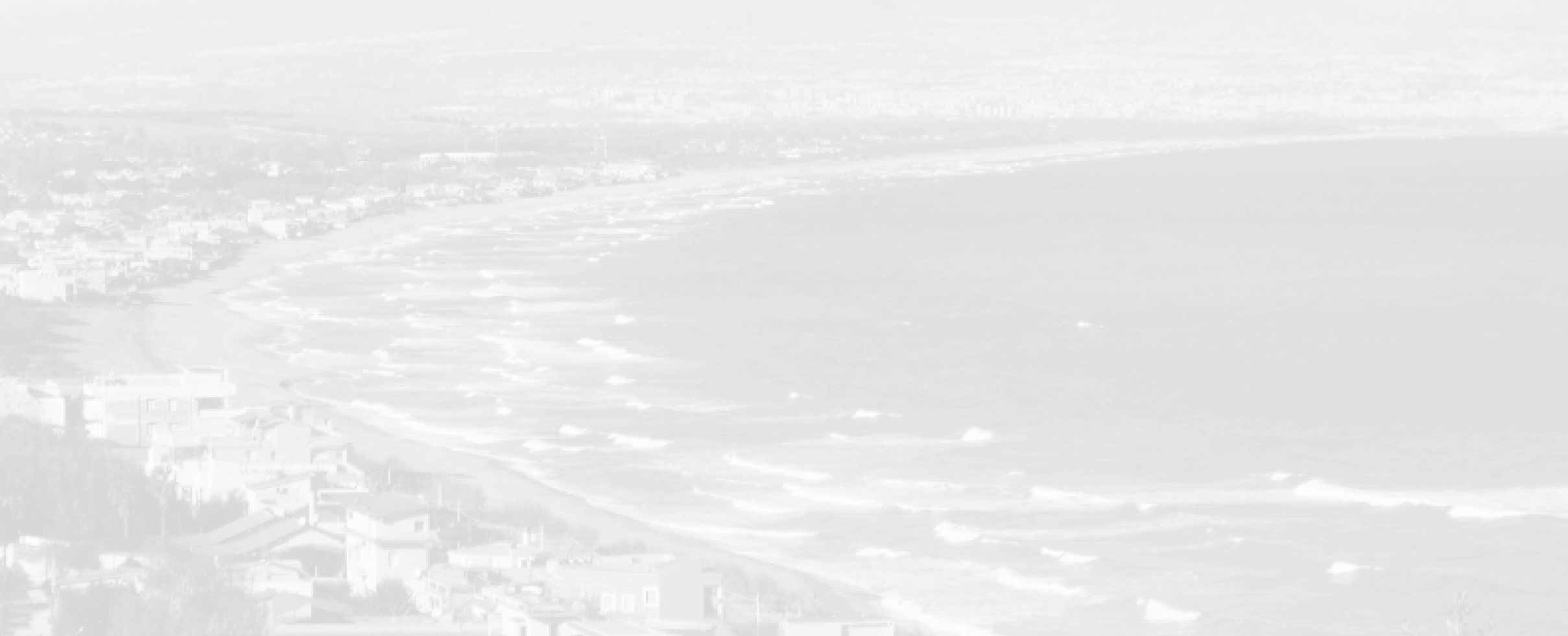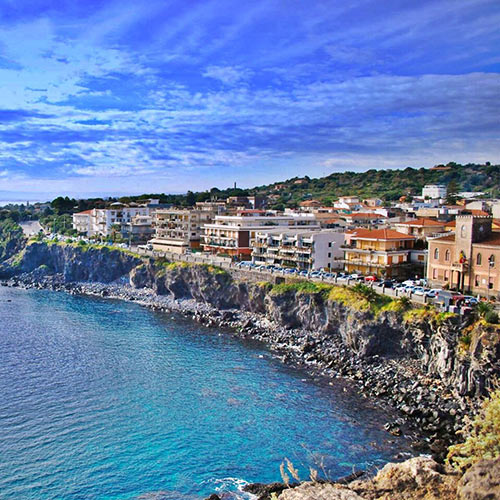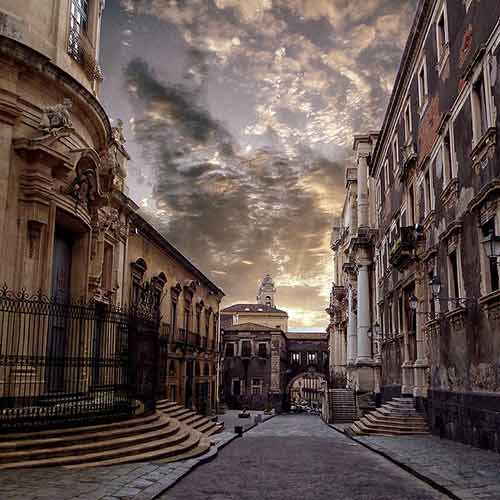




Catania's history is inextricably woven in with that of the volcano that overlooks the town. Catania's story is a painful one, interrupted by eruptions and earthquakes, in common with many other towns in eastern Sicily. After an eruption in 1669, the lava flow stretched as far as the coast and, although the town was spared, the surrounding countryside was devastated. An appalling famine ensued, bringing people in great numbers from the country to the town.
In rebuilding the new city, the Piazza del Duomo was built right at the heart, surrounded by the fine palazzos and perhaps the best expression of Catania Baroque. Still elegant today, at its center stands the Fontana dell'Elephante and in the middle of the fountain is the Roman-era elephant that is the symbol of the city.
May is perfect for visiting the city, with clear sunny days and temperatures averaging 24 degrees celsius. The weather in May is fairly droughty with infrequent rain. To check the current weather in Catania, click here.
Catania lies on the eastern coast of Sicily, a 20-minute bus ride from its Fontanarossa airport. The city is easy to get around on foot, while frequent buses run to Acireale. Travel page.
On the seafront surrounded by a large park, is the 5-star luxury Romano Palace. In the heart of the historic center, the Royal Hotel Catania has an 18th-century style, luxuriously furnished and with a health club.
Osteria Antica Marina is close to the fish market of Sant'Agata from which is sources the finest seafood. Try alga mauro (red algae), which the locals dress with salt and lemon, or pasta with sea urchins.

Go in search of places associate with Catania's most famous "sons". Bellini, Greco, and Verga. The musician Vincenzo Bellini died at the age of 34 in 1835. The Teatro Bellini, one of the largest theaters in Europe, is dedicated to him, and his birthplace is now a charming museum in his honor.
Piazza Bellini is a museum of the works of the 20th-century artist Emilio Greco. The house where the writer Giovanni Verga lived and died, is also a museum displaying his belongings.

Spend the morning browsing the market, then after lunch, take a stroll down Via dei Crociferi, flanked by fine examples of Catania Baroque. Here you'll find the arch of San Benedetto (completed in the course of a single night, according to legend) and the church of the same name, at the top of a long flight of steps. Here, too, is the church of San Guiliano, with a lovely convex facade.